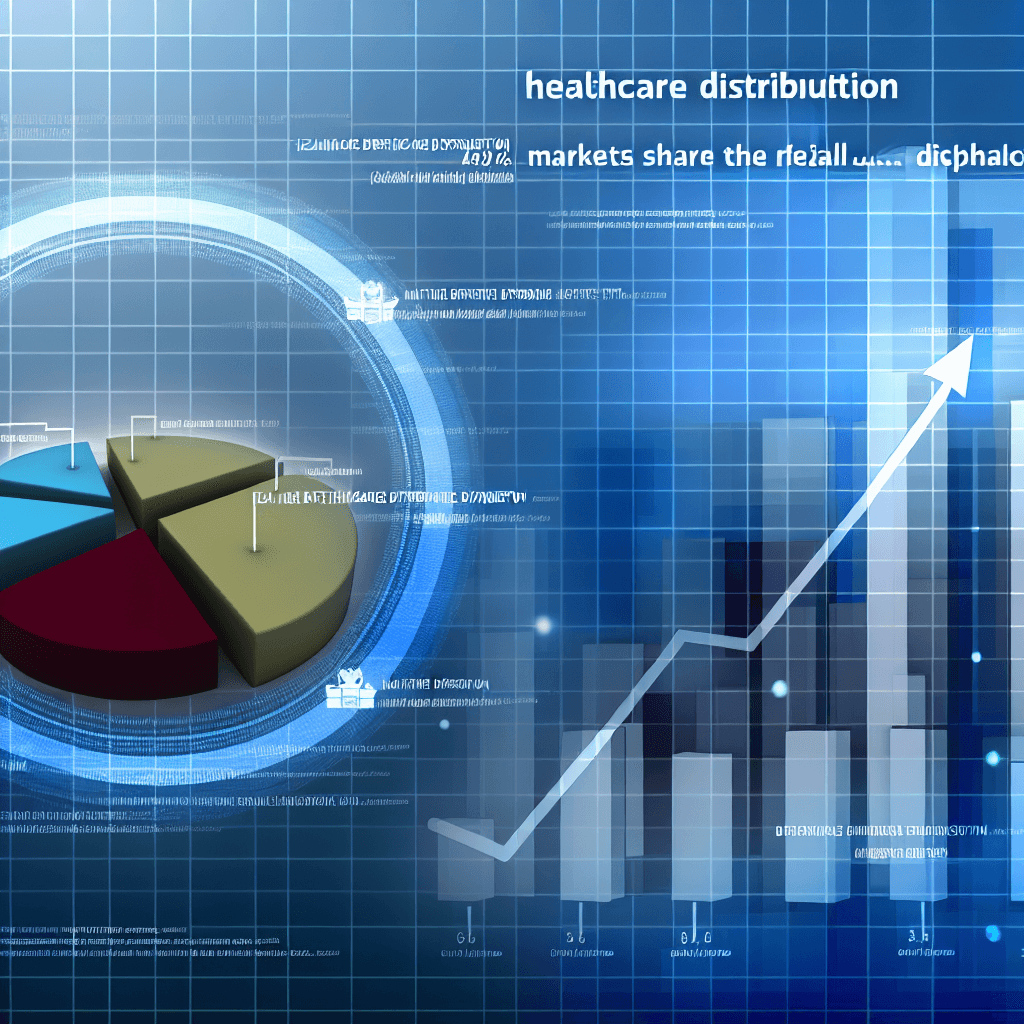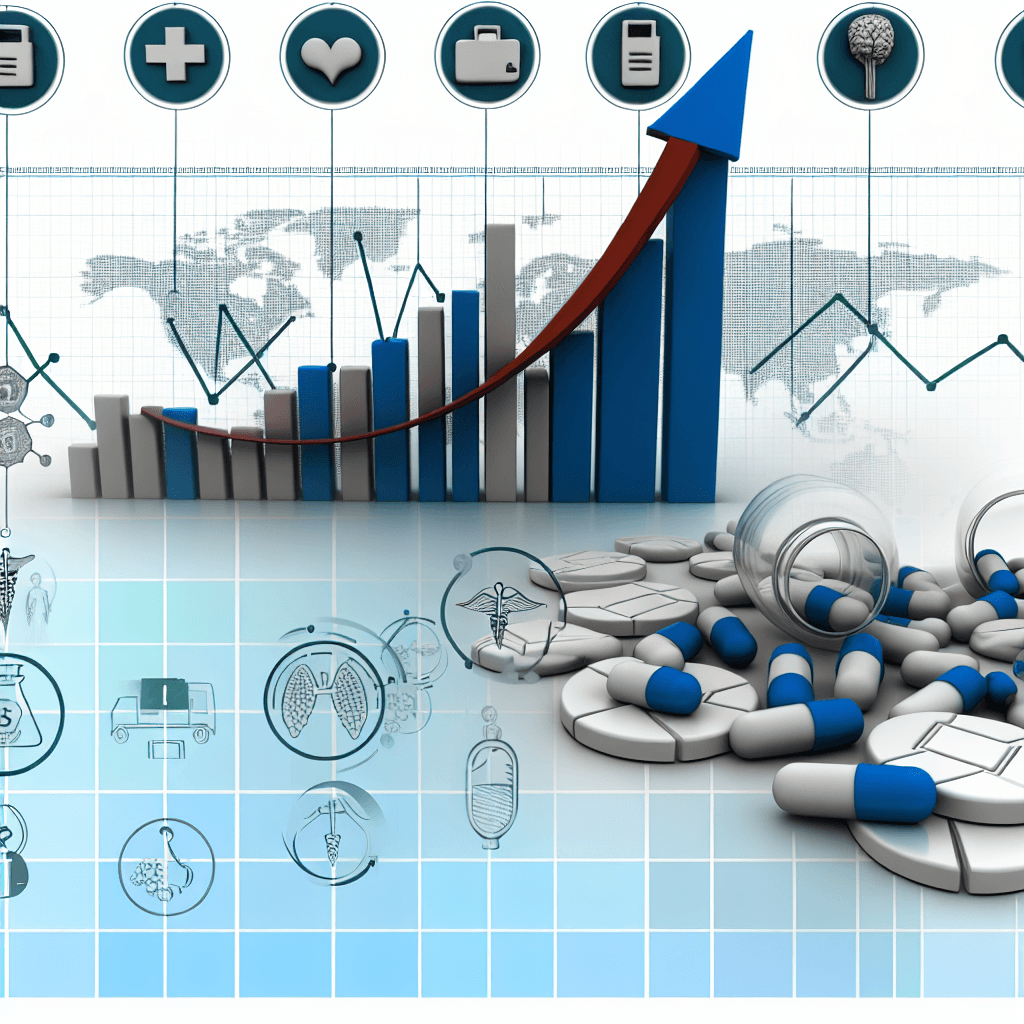Explore the healthcare distribution market size, share, trends, growth, and forecast insights. Stay ahead in the industry.
Healthcare Distribution Market Size, Share, Trends, Growth, & Forecast

Table of Contents
Healthcare Distribution Market Size, Share, Trends, Growth, & Forecast

The healthcare distribution market plays a pivotal role in the global healthcare industry, ensuring that pharmaceuticals, medical devices, and other healthcare-related products are efficiently and safely delivered from manufacturers to providers and ultimately to patients. This article delves into the current landscape of the healthcare distribution market, examining its size, share, trends, growth, and future forecasts. By integrating relevant examples, case studies, and statistics, this discussion aims to provide a comprehensive overview of the sector.
Current Market Overview
The healthcare distribution market encompasses a wide range of services and involves multiple stakeholders including manufacturers, distributors, healthcare providers, and regulatory bodies. Distributors serve as the crucial link between manufacturers of healthcare products and the various healthcare providers who administer these products to patients.
Market Size and Share
As of recent reports, the global healthcare distribution market is valued at several billion dollars, with expectations for continued growth. The United States remains a significant player in the market, attributed to its advanced healthcare system and robust pharmaceutical sector. However, emerging markets in Asia-Pacific, such as China and India, are rapidly growing due to increasing healthcare expenditures and improvements in healthcare infrastructure.
Key Trends Influencing the Market
- Technological Advancements: Technology plays a crucial role in enhancing the efficiency of distribution networks. Innovations such as blockchain for traceability, AI and IoT for inventory management, and robotics for warehousing operations are transforming the landscape.
- Regulatory Changes: Increasing regulations related to drug safety and distribution practices are influencing market dynamics. Compliance with regulations such as the Drug Supply Chain Security Act (DSCSA) in the U.S. is pivotal for market participants.
- Expansion of Healthcare Services: As global populations age and chronic diseases rise, the demand for healthcare services increases, subsequently driving the need for efficient distribution systems.
Growth Drivers and Challenges
The healthcare distribution market is influenced by several factors that drive its growth, as well as challenges that restrain it.
Growth Drivers
- Increasing Demand for Pharmaceuticals and Medical Devices: Global health crises, such as the COVID-19 pandemic, have underscored the need for rapid and widespread distribution of medical products.
- Healthcare Infrastructure Improvements: Investments in healthcare infrastructure, particularly in emerging economies, facilitate the expansion of distribution networks.
- Specialized Therapeutic Areas: Advances in treatments for complex diseases require specialized distribution services, providing growth opportunities for distributors.
Challenges
- Regulatory Compliance: Adhering to diverse and evolving regulations across different regions can be costly and complex.
- Logistical and Operational Issues: Ensuring timely delivery and maintaining the integrity of sensitive products are ongoing challenges.
- Competitive Pressure: The market is highly competitive, with pressure on pricing and service offerings.
Future Forecast and Opportunities
Looking ahead, the healthcare distribution market is poised for significant transformation. Analysts predict robust growth over the next decade, driven by continued technological innovations and an increasing focus on personalized medicine. Opportunities lie in harnessing digital technologies to streamline operations and enhance supply chain transparency.
Technological Integration
Future market leaders will likely be those who effectively integrate advanced technologies such as AI, machine learning, and blockchain into their operations. These technologies not only improve operational efficiencies but also enhance customer satisfaction by ensuring product availability and timely delivery.
Geographical Expansion
Expanding into new geographical areas, particularly in emerging markets, offers lucrative opportunities for growth. Companies that can navigate the regulatory and cultural landscapes of these regions can capture significant market share.
Conclusion
The healthcare distribution market is at a critical juncture, facing both unprecedented challenges and exciting opportunities. Technological advancements, regulatory changes, and shifts in healthcare demand are shaping the market’s trajectory. Stakeholders who adapt to these changes, invest in technological upgrades, and expand into new markets will likely thrive. The future of healthcare distribution is not just about delivering products but also about enhancing the efficiency and transparency of the supply chain to meet the evolving needs of the global healthcare system.
In conclusion, the healthcare distribution market continues to grow and evolve, driven by technological advancements, regulatory changes, and an increasing demand for healthcare products and services. By understanding these dynamics, stakeholders can better position themselves to capitalize on emerging opportunities and navigate potential challenges.








